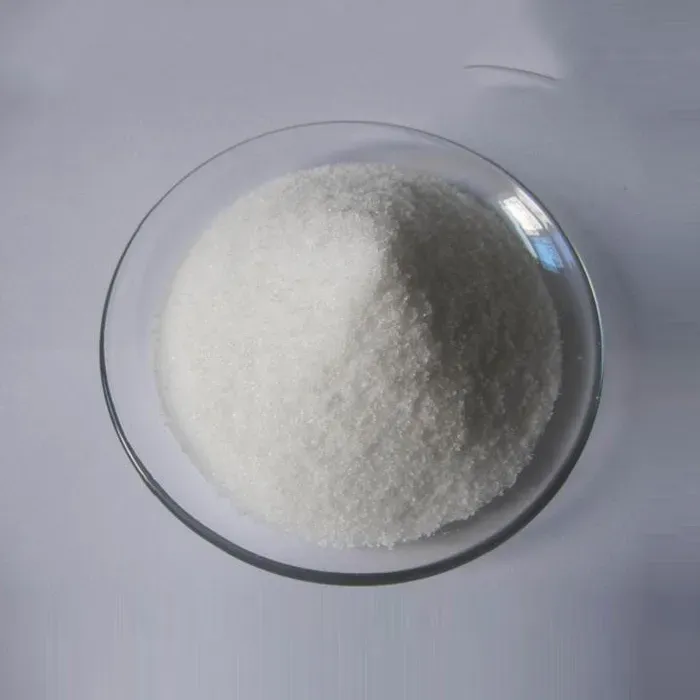The Function of Coagulation in Water Treatment
Water is an essential resource for all forms of life on Earth. However, the water we encounter in rivers, lakes, and underground sources often contains suspended particles, microorganisms, and various impurities that make it unsafe for consumption. To ensure the safety and quality of drinking water, the water treatment process employs various techniques, among which coagulation plays a pivotal role.
Coagulation is the process of destabilizing suspended particles to form larger aggregates, known as floc. This phenomenon is essential in water treatment, as it enhances the removal of particulate matter, bacteria, and dissolved organic substances from water. The efficiency of coagulation and the subsequent steps in the treatment process significantly influence the overall quality of the treated water.
The coagulation process typically begins with the addition of chemical coagulants to the water. Common coagulants include aluminum sulfate (alum), ferric chloride, and polyaluminum chloride. These chemicals work by neutralizing the negative charges that stabilize suspended particles, allowing them to come together to form larger particles. This process can occur in two stages charge neutralization and aggregation.
1. Charge Neutralization The coagulant, once added to the water, releases ions that destabilize the colloidal particles. The neutralization of the negative charges leads to reduced repulsion between the particles, allowing them to begin clumping together.
2. Aggregation As more particles come together, they form small aggregates or microfloc. These aggregates can further collide and grow into larger structures known as macrofloc through the process of agglomeration. This phase is critical as it increases the chances of the floc particles settling out or being removed during subsequent filtration processes.
function of coagulation in water treatment

Once the floc has formed, it can be removed from the water through sedimentation or filtration. In sedimentation, the larger and denser floc particles settle to the bottom of a settling tank, while the clearer water is drawn off the top for further processing. In filtration, water is passed through various media, which physical trap remaining floc and other contaminants.
The effectiveness of coagulation depends on several factors, including the type and dosage of coagulant, pH levels, temperature, and the presence of other substances in the water. For instance, pH significantly affects the solubility of coagulants. Optimal coagulation typically occurs at a pH ranging from 6.5 to 8.5, which is generally within drinking water standards. Operators of water treatment facilities must monitor these parameters closely to ensure maximum efficacy.
Coagulation also plays a vital role in removing pathogenic microorganisms and turbidity from water. Turbidity, which gives water a cloudy appearance, is usually due to suspended solids like silt, clay, and organic material. High turbidity levels can shelter harmful microorganisms, making them harder to eliminate through disinfection methods like chlorination. By reducing turbidity through coagulation, the effectiveness of subsequent disinfection steps is enhanced, thereby improving the safety of the water.
In addition to its primary function of removing physical impurities, coagulation can also have significant effects on the taste and odor of drinking water. Certain organic substances, such as humic and fulvic acids, may impart unpleasant flavors or odors. Coagulation helps in reducing the concentration of these substances, resulting in improved aesthetic qualities of the water.
Despite its many benefits, coagulation must be carefully managed to avoid the potential downsides of using chemical coagulants. For instance, overuse of coagulants can lead to the introduction of residual chemicals that may pose health risks. Therefore, water treatment facilities must adhere to strict regulations and guidelines regarding the dosages and types of coagulants used.
In conclusion, coagulation is an indispensable process in water treatment, playing a crucial role in ensuring the removal of suspended solids, pathogens, and organic matters. By transforming tiny particles into larger floc, it enhances the efficiency of sedimentation and filtration processes, ultimately leading to cleaner and safer drinking water. As global water demands continue to rise, optimizing coagulation processes will be critical in meeting public health needs and maintaining the integrity of our water resources.

